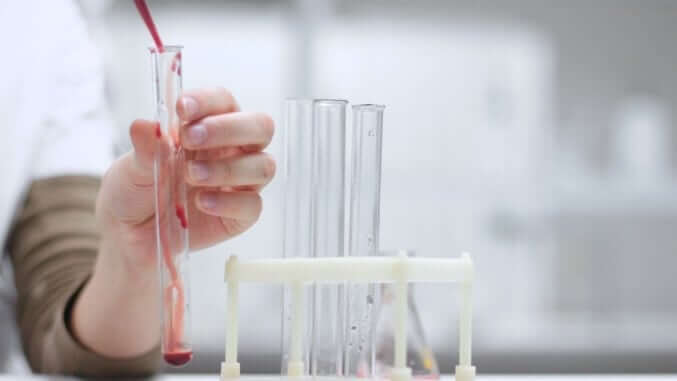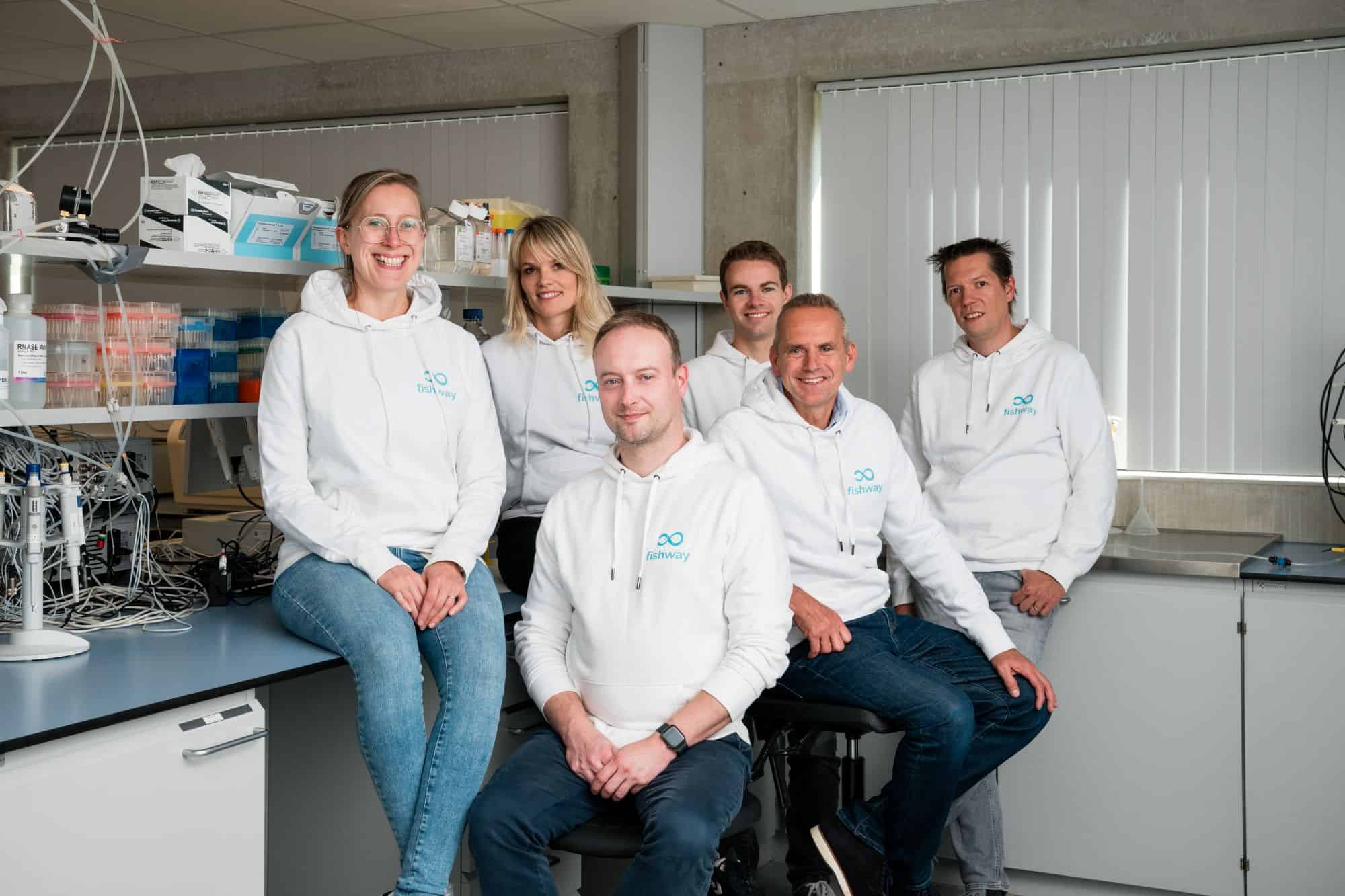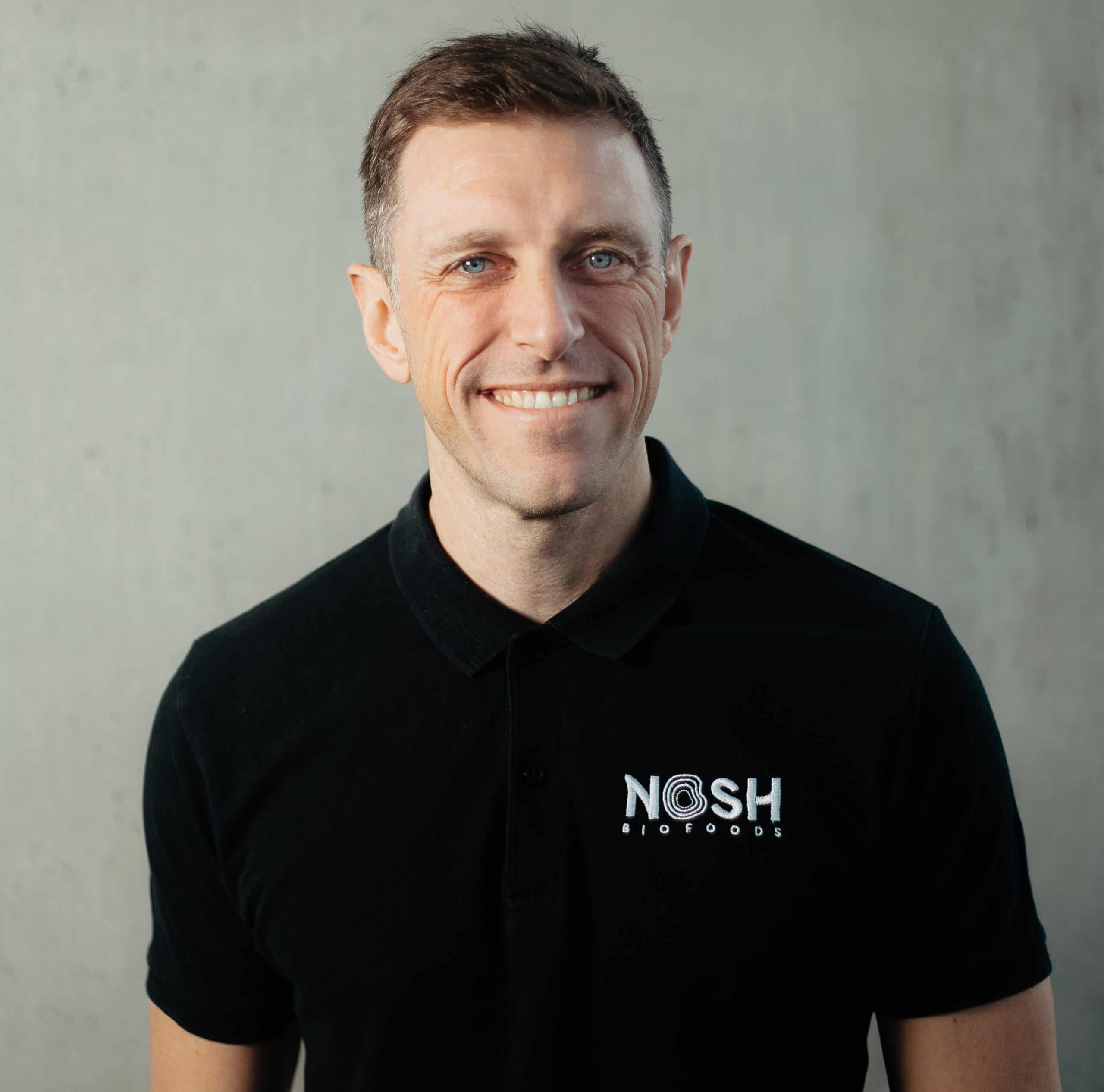Te Protejo, an organization focused on promoting cruelty-free science, has developed an interactive map that outlines the growing network of laboratories in Latin America utilizing alternative methods to animal testing. The map serves as a comprehensive resource, showcasing over 20 laboratories across the region that are advancing non-animal research methods, primarily in sectors such as biomedicine, cosmetics, and agroindustry.
“The increase in laboratories applying alternative methods reflects scientific progress in the region”
The map is a result of extensive research conducted by Te Protejo, which included analyzing official documents and directly engaging with research centers. According to the findings, Brazil leads the region with the highest number of laboratories, including the National Network of Alternative Methods (RENAMA) and the Validation Center for Alternative Methods (BraCVAM). Other countries, such as Mexico, Argentina, Chile, Colombia, and Peru, also host several research centers that apply or develop alternative methods, such as in vitro testing, cell cultures, and computer simulations.
Founded in 2012, Te Protejo is the only Latin American organization with a certification program for cosmetics and hygiene companies that do not test on animals. To date, over 180 companies across countries like Argentina, Brazil, Chile, Colombia, Mexico, and Peru have been certified by Te Protejo. The organization continues to promote the adoption of cruelty-free practices and is a leading advocate for the implementation of alternative testing methods in Latin America.
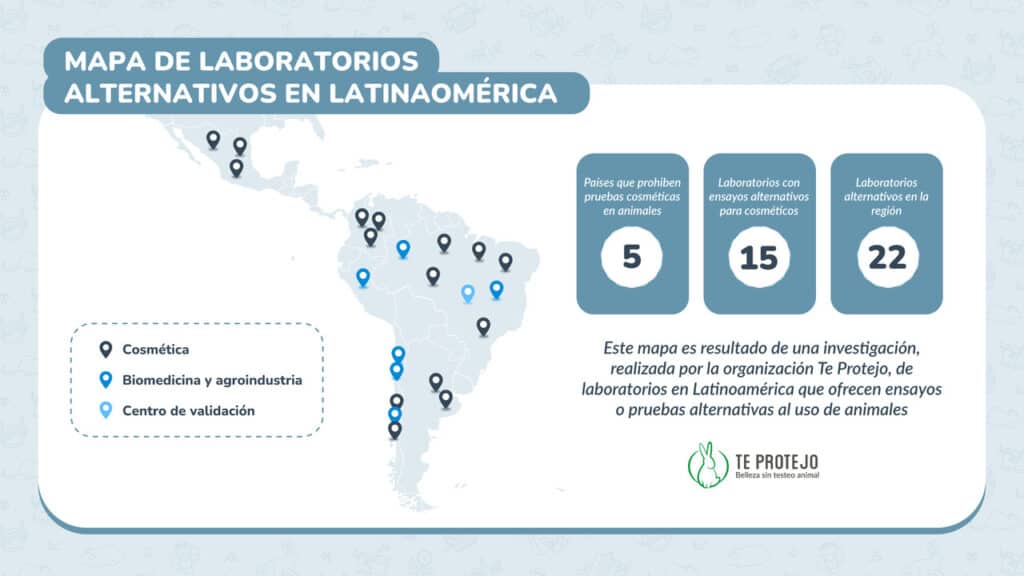
The adoption of alternative methods to animal testing (NAMs) is recognized for its potential to improve the quality and speed of product testing, providing economic and regulatory advantages to industries. These methods, including chemical testing, human corneal and skin cultures, and other in vitro models, are validated by international organizations like the OECD and the FDA. According to Te Protejo, the growing number of laboratories using these methods reflects the increasing commitment to more ethical and innovative scientific practices in Latin America.
Brazil leading the way
Brazil has at least eight laboratories dedicated to non-animal testing, which aligns the country with international standards. In addition to Brazil, Mexico, Argentina, and Chile are also home to key laboratories that are developing alternatives for various industries, including cosmetics.
For example, Rubisco Biotechnology in Chile has pioneered the use of human skin cell models for testing cosmetic products. Felipe Aquea, Director of Rubisco Biotechnology, commented, “We combine the best of nature and science to offer innovative solutions to the cosmetic market. Our platform allows the creation of natural active ingredients, which are evaluated using human skin cell models. Our commitment is clear: to drive sustainable, ethical, and cruelty-free development.”
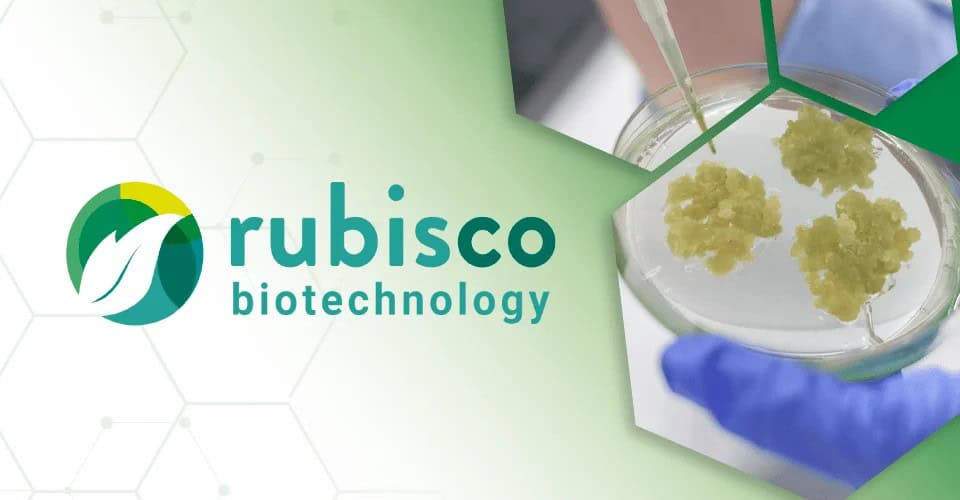
Te Protejo’s interactive map aims to make this information accessible to both the public and industry stakeholders. It provides valuable insights into the laboratories and the methods they develop or utilize, making it easier for companies in sectors like cosmetics to connect with certified alternative testing centers.
Te Protejo to take the global stage
In addition to the map, Te Protejo is preparing for its participation in the 13th World Congress on Alternatives and Animal Use in the Life Sciences (WC13), set to take place in Rio de Janeiro from August 31 to September 4, 2025. The congress will bring together international experts and organizations working toward more humane, sustainable, and scientifically robust approaches in research and education. Te Protejo’s involvement underscores its position as a key player in advancing ethical research practices in Latin America.
Daniela Medina, co-founder and Director of Research at Te Protejo, noted, “The increase in laboratories applying alternative methods reflects scientific progress in the region. It gives us hope that this number will continue to grow, enabling the development of a more ethical, innovative, and conscious cosmetics and scientific industry.”

